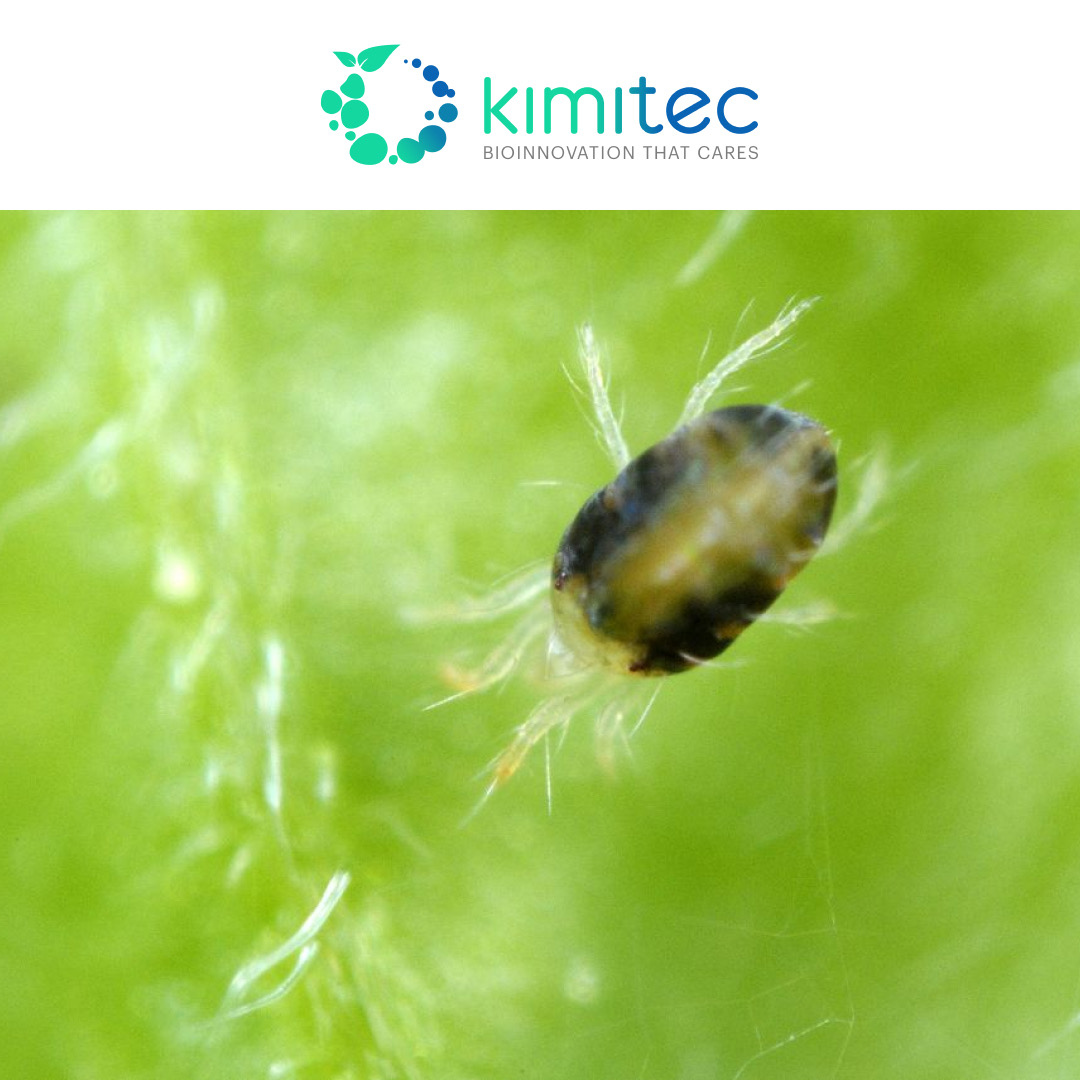
The agricultural industry is undergoing a profound transformation, driven by a growing emphasis on sustainable practices and environmental responsibility. One of the key drivers of this change is the adoption of biological inputs, such as biopesticides and biostimulants. Biofertilizers are still somehow behind, but I’m sure not far from now biofertilizers will be on the stage stealing the limelight.
For now, let’s focus on what is very hot: biocontrol and biostimulants. These innovations offer additional tools for farmers and in the same case promising alternatives to conventional Ag inputs, promoting healthier crops and soil while reducing environmental impact. However, market dynamics in the biologicals sector have raised concerns, at least for me, about inflated valuations and the potential risks this situation poses to farmers and the industry at large.
The Biologicals Boom
Unimaginable a few decades ago, everyone now wants to have a position in this “cool” industry. Over the past decade, there has been a surge in interest as well as investment in biological inputs for agriculture. Start-ups and established companies alike have rushed to develop and market biological solutions, attracting substantial funding from well-reputable investors eager to support sustainable agriculture and achieve an outsize return on their investment. Meanwhile, big Corporations from fertilizer and crop protection are trying to buy what is possible and available on the market to complement their portfolio. This boom has led to soaring valuations in the sector, reminiscent of the dot-com bubble of the late 1990s.
The Valuation Challenge
While the growth of the biologicals industry is undeniably positive for the environment and the long- term sustainability of farming, the high valuations of many companies in this space raise several concerns:
1. Unrealistic Expectations: The exuberance surrounding biologicals has led to unrealistic growth expectations for these companies. Investors are betting heavily on the sector’s potential, which in the short term may not be fully realized.
2. Pricing Pressure: To justify their high valuations, companies may charge premium prices for their biological products. This could create affordability issues for farmers, particularly smallholders, who may struggle to adopt these solutions.
3. Consistency of the Technology: Rapid growth and scaling efforts can sometimes compromise the quality and efficacy of biological inputs. We know that also good biological products may have variability of efficacy. I think it would be dangerous, not only for farmers, to feed the market with overpromising claims. These subpar products will fail to deliver on promises, and this, in return, would slow down the adoption!
4. Regulatory Uncertainty: The biologicals sector faces evolving and uncertain regulatory frameworks. Changes and uncertainty in regulations could impact product approvals, distribution, and marketing, affecting the industry’s growth trajectory. Unfortunately, Europe is a good example of how inappropriate a regulation could be.
Risks for Farmers
Farmers are at the frontline of the biologicals revolution and face specific risks associated with the high valuations and potential bubble in the sector:
1. Economic Viability: High product prices could strain farmers’ budgets, especially in regions with limited access to financial resources. The promise of increased yields and reduced environmental impact may not materialize if farmers cannot afford these solutions.
2. Product Efficacy: Farmers depend on the effectiveness of biological inputs to protect their crops and livelihoods. Not up to the mark products will result in the losses at farmers’ end, which they cannot afford.
3. Adoption Challenges: The hype around biologicals may lead farmers to make hasty decisions without fully understanding the products’ requirements and benefits. Poor adoption practices could lead to disappointment and disillusionment.
The Path Forward
The biologicals sector must find a balance between innovation, sustainability, and realistic evaluations. To ensure the long-term success of this promising industry, several steps can be taken:
1. Education: Robust education and outreach programs should be implemented to help farmers make informed decisions about adopting biological inputs. This includes understanding product requirements and potential benefits, as well as building realistic expectations.
2. Quality Assurance: Companies must prioritize product quality and maintain rigorous quality control standards, even in the face of rapid growth.
3. Investment in R&D: important investments are still required to continue to sustain the adoption of biologicals.
4. Collaboration: Public-private partnerships can help establish clear regulatory frameworks and standards for the biologicals industry, reducing uncertainty and ensuring responsible growth.
5. Investment Rationalization: Investors should exercise caution and conduct thorough due diligence before pouring funds into the sector. Supporting companies with sustainable business models and realistic growth projections can mitigate the risk of a bubble.
Biological inputs hold immense promise for revolutionizing agriculture and promoting sustainable practices. However, the sector’s current high valuations and the potential bubble effect must be carefully managed to prevent negative consequences for farmers and the industry. By fostering responsible growth, maintaining product quality, and ensuring affordability and accessibility, the biologicals sector can continue its journey toward a more sustainable and resilient agricultural future.
Overall, and I tell this with the realism of a veteran in the sector, only time will tell if it was a bubble or not!





